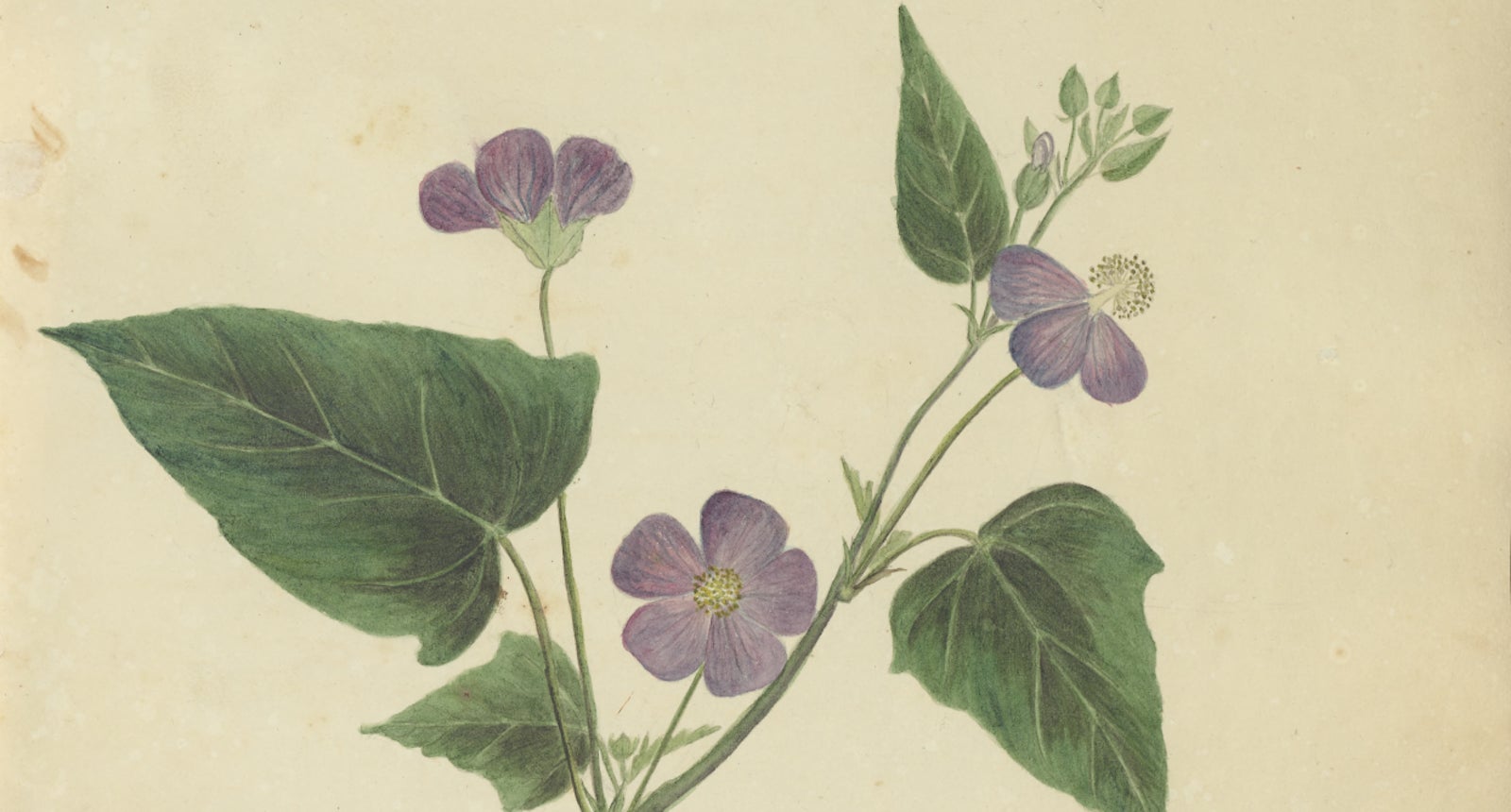The secret feminist history of illustrating plant life
“I do not wish [women] to have power over men; but over themselves,” 18th-century British feminist Mary Wollstonecraft writes in the seminal book A Vindication of the Rights of Women, explaining the case for offering women equal access to education. Wollstonecraft was fed up with the idea that women’s supposedly soft and delicate nature meant that they simply weren’t cut out to know things. The real problem, she argued, was that denying women education meant that stereotypes about their inferior intelligence became a self-fulfilling prophecy: “Every thing conspires to render the cultivation of the understanding more difficult in the female than the male world,” Wollstonecraft writes.


“I do not wish [women] to have power over men; but over themselves,” 18th-century British feminist Mary Wollstonecraft writes in the seminal book A Vindication of the Rights of Women, explaining the case for offering women equal access to education. Wollstonecraft was fed up with the idea that women’s supposedly soft and delicate nature meant that they simply weren’t cut out to know things. The real problem, she argued, was that denying women education meant that stereotypes about their inferior intelligence became a self-fulfilling prophecy: “Every thing conspires to render the cultivation of the understanding more difficult in the female than the male world,” Wollstonecraft writes.
Difficult though it was to acquire knowledge under a patriarchal system, women have long found creative ways to cultivate understanding on their own. The recent re-discovery of a “lost” book of illustrated plant life by Wollstonecraft’s sister-in-law, Anne Kingsbury Wollstonecraft, is a testament to women’s robust history of forging their own paths in the arts and sciences, formal training be damned.
After her husband’s death in 1817, Anne Wollstonecraft moved from the US to Matanzas, Cuba, seeking a warmer climate for the sake of her health. While biographical details on Wollstonecraft are scarce, we do know that before her death in 1828, she devoted herself to creating richly detailed illustrations and descriptions of the botanical specimens she found on the Caribbean island, culminating in a remarkable three-volume manuscript entitled Specimens of the Plants & Fruits of the Island of Cuba.
The book, which includes 121 watercolor plates of local specimens ranging from pineapples and small red “cloven berries” to white angel’s trumpet, was never published, instead passing into the hands of her descendants. Then it went missing —for 190 years. But reports of its existence survived in scholarly works, intriguing Cuba historian Emilio Cueto, who searched for it for two decades. Cueto eventually tracked the manuscript to Cornell University, where the manuscript had been donated by a relative in 1923. Since then, the remarkable volume had languished, preserved but stored under a misspelled catalog card, until Cueto unearthed it in March 2018. The Cornell library’s division of rare and manuscript collections has since made a digital version of the book available for public online at HathiTrust.
The re-discovery of Wollstonecraft’s book is big news for botanists—and not just as a historical curiosity. “The detailed notes she makes of indigenous uses add a whole new dimension to understanding [the plants’] possible utility, and could be used today to guide researchers in discovering new pharmaceuticals,” ethnobotanist Paul Cox, executive director of Brain Chemistry Labs in Jackson, Wyoming, tells National Geographic.
It’s also an important part of feminist history, putting Wollstonecraft in the company of a number of well-known women who took an acceptably feminine skill—drawing—and used it to study plant and animal life, despite living in eras in which only men were meant to be scientists.
Consider the work of Maria Sibylla Merian, a 17th-century German-born naturalist who continues to be recognized today as foundational to the field of entomology. Merian was known, among other things, for raising caterpillars in order to better understand the butterfly’s lifecycle: “She would sit up all night until they came out of the pupa so she could draw them,” biologist Kay Etheridge, who studies Merian’s work, told the New York Times in 2017. At age 52, Merian set sail for the Dutch colony of Surinam in South America in order to observe the insects and plant life there, publishing her findings—much to the dazzlement of Europeans—in the 1705 book Metamorphosis insectorum Surinamensium.
Just as remarkable was the 18th-century Englishwoman Mary Delany, whose collection of nearly 1,000 intricate paper collages of plant life, Flora Delanica, are on permanent display at the British Museum. Delany, as Corinne Purtill writes in Lit Hub, invented the new art form at age 72 while mourning the death of her beloved husband. Her mosaics are valued today not only for their beauty but also for their scientific accuracy; Purtill notes that contemporary botanists still consult them.
It’s no accident women channeled their interests in botany and biology into illustration. As Sarah Easterby-Smith writes in the book Cultivating Commerce: Cultures of Botany in Britain and France, 1760-1815, “By using botanical knowledge to enhance and display their existing accomplishments, middling and upper-ranking women found means of putting their botanical learning to respectable use.” She cites Delany as a prime example.
But the work of Delany, Wollstonecraft, and Merian is also a reminder of the ingenuity with which women have historically navigated the gender norms imposed upon them. Easterby-Smith observes that women who were self-educated in botany deployed their knowledge “in creative or imaginative ways that were not necessarily aligned with the original taxonomic intentions of botanical authorities.” The female amateur botanists and naturalists of earlier eras didn’t just reproduce knowledge. They took what they learned and used the traditionally feminine skills they already had—along with their keen powers of observation—to create something better, and new.
This story is part of How We’ll Win in 2019, a year-long exploration of workplace gender equality. Read more stories here.